Justus Lauterbach Clothing Store And Building
Introduction
Text-to-speech Audio
A little note to remember before we discuss this building. The man who worked in this building was not just a business owner, he was also a soldier who served the United States in the Civil War. His service shows how he operated his business, as well as how serving in the army helped serve his community.
Images
Battle Scares Of The 24th Wisconsin Regimental Colors.
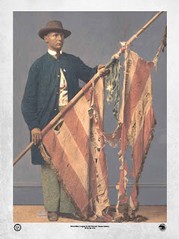
Arthur McArthur: Colonel, Adjutant, And 1st Lieutenant Of The 24th Wisconsin.
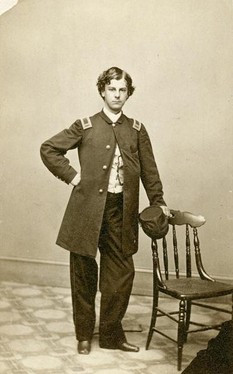
24th Wisconsin Regimental Colors Listing Their Battles.
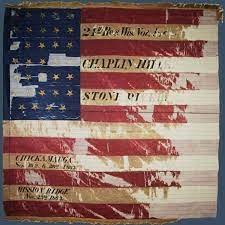
The Storming Of Missionary Ridge At Chattanooga.
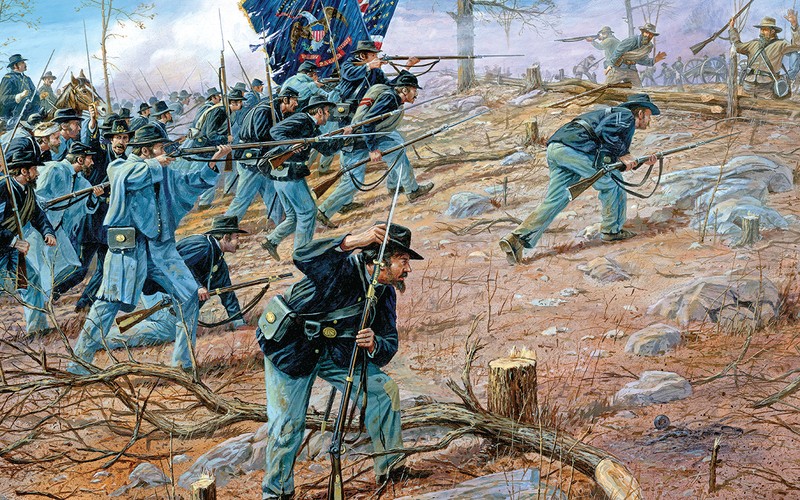
This Painting Shows The 24th Wisconsin Storming Up Missionary Ridge.
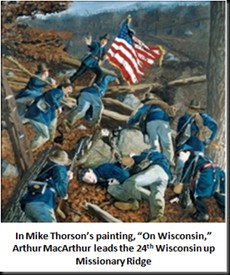
The Lauterbach Building.
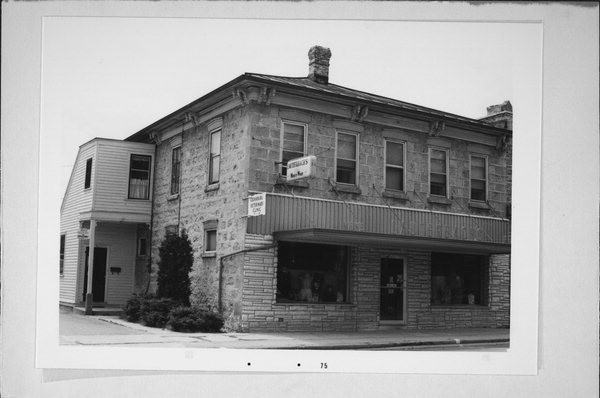
Lauterbach's Obituary.
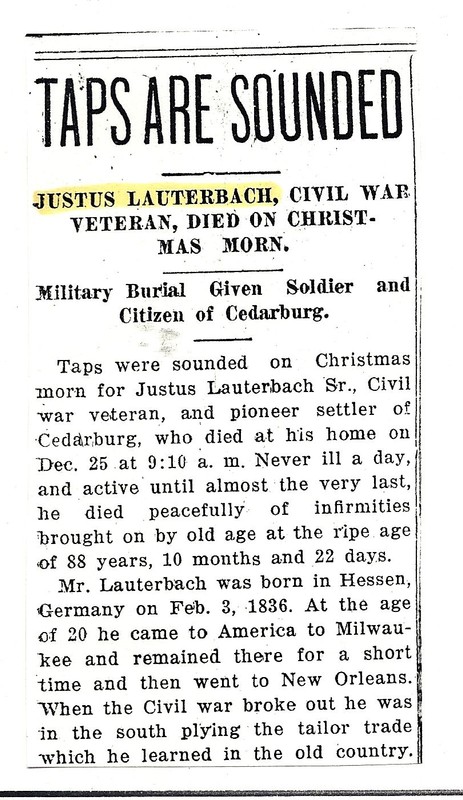
Second Page Of Lauterbach's Obituary.
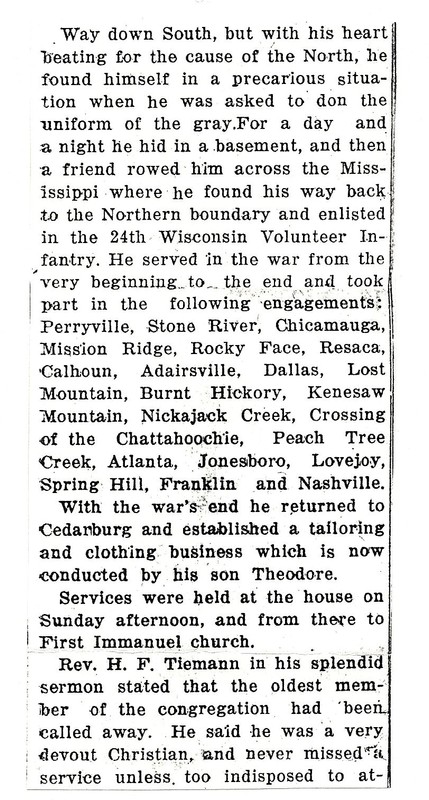
Third Page Of Lauterbach's Obituary.
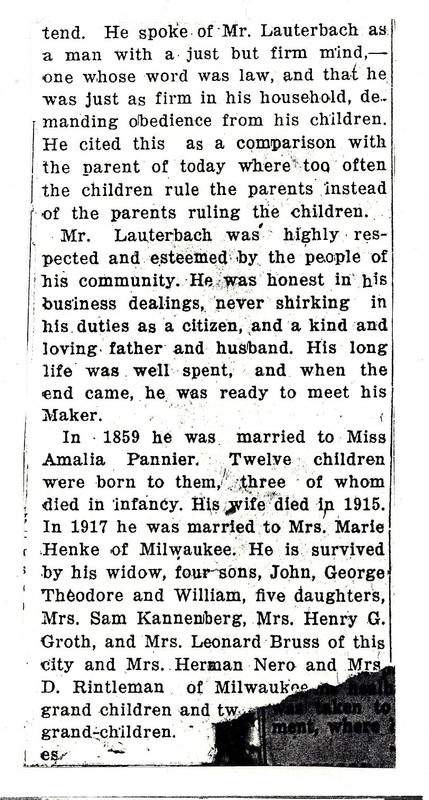
Backstory and Context
Text-to-speech Audio
Justus Lauterbach was a tailor here in Cedarburg. Here, he would tailor different suits, instant clothing, caps, and other gentlemen's clothing. But there is more to him than just running a tailoring business here. He had also seen war. Justus E. Lauterbach was born in Hessen, Germany in 1836. Like many German immigrants here in Cedarburg, Lauterbach would go to the United States and eventually settled in Milwaukee, but then moved to New Orleans, Louisiana and worked there as tailor, he would eventually marry Amalia Pannier in 1859 and would have twelve children together. But then, the Civil War broke out in 1861, like many of his fellow immigrants, Lauterbach wanted to preserve the Union and end slavery, Lauterbach and many other immigrants were abolitionists who wanted to end slavery and wanted to see equality and citizenship for African-Americans. Once war broke out, he was trying to be persuaded by Southerners in New Orleans to wear the Confederate gray, he would not. Lauterbach hid in a basement for a while until a friend of his found him and helped him escape, helped him row across the Mississippi River and back onto United States soil. Lauterbach enlisted with the 24th Wisconsin Volunteer Infantry Regiment, organized and trained in Milwaukee. Unlike the 26th Wisconsin, which saw action in the Eastern and Western Theatres of the Civil War. This regiment would fight mainly in the Western Theatre. Lauterbach and his regiment would be assigned to the United States Army Of The Cumberland.
Lauterbach and his comrades would fight in significant battles in the Western Theatre, Perryville, Stones River, Chickamauga, Chattanooga, Franklin, and Nashville. The majority of the regiment's battles would occur in Tenessee. But the regiment's most shining moment came at the Battle of Chattanooga. Arthur McArthur Jr., the father of famous WWII general Douglas McArthur, was the 24th adjutant and would rise to be colonel of the regiment at a very young age. The 24th, including Lauterbach, would be positioned to assualt Missionary Ridge at Chattanooga. However, their army commander, George Henry Thomas, did not attack as ordered by Major General Ulysses S. Grant. Once Grant realized that Thomas's army was not moving ahead in his support of William Tecumseh Sherman and the United States Army Of The Tennessee. They were pinned down on the ridge by entrenched Confederates. After realizing his mistake, Thomas went immediately to get the army ready after being ordered by Grant to attack. Lauterbach and the 24th would be waiting as well. But, some soldiers started assaulting Missionary Ridge without orders out of nowhere. Lauterbach and the 24th Wisconsin immediately saw this, and McArthur ordered the regiment to ready itself to begin the assualt. Once the army started to attack, soldiers, including those in the 24th, cried out, "Chickamauga!" referring to their recent defeat by Confederate forces in northern Georgia.
The 24th, along with Lauterbach and the rest of the army, assaulted and immediately swept the Confederate positions before them. Shocked by this relentless assualt, the Confederates abandoned their positions and retreated. During the assualt, McArthur would exclaim the words, "On Wisconsin!" as they attacked up the ridge. His infamous words would later inspire the University Of Wisconsin Badgers fight song and are used as a rallying cry for the universities' sports teams. Lauterbach would survive this intense assualt and fight for the rest of the war. Later, he would fight at Franklin, Tennessee, where he saw numerous Confederate assaults be bloodily repulsed by his regiment, and a portion of the Army Of The Cumberland sent there. His last battle would be Nashville in late November and early December of 1864, where Thomas and the army almost destroyed the Confederate army and ultimately secured the Western Theatre for the United States.
As the war ended, Lauterbach was noticed for his excellent performance with the regiment and was promoted to Sargent. He would be mustered out of the regiment on June 10th, 1865.
Once his service to his nation ended, he would move out of Milwaukee and move to Cedarburg to establish his tailoring business. But sometimes, in a soldier's mind, he can't forget the horrific things he saw while serving with the 24th. Adjusting to civilian life had to be very difficult for him, and with the possibility that he might have had PTSD (Post-Traumatic-Stress-Disorder), we can never know. But, with these possibilities; we can see that he was traumatized by the war as well as having a tough time adjusting to civilian life after serving. Once he raised his family, there would be four generations that owned the store and operated it after Lauterbach stepped down. His son Theodore Lauterbach, would take over the business as well. The initial entrance on the building doorway was surrounded by windows framed in wood. Take note of the dressed quarried stones on the front compared to the south side of the building, which consists of debris-style masonry. When the building was established, it was prevalent to build and install much better materials on the street side of the building. When looking at this, remember that Lauterbach was more than a tailor; he was a soldier, had a family, and willingly put his life on the line to serve the United States and ended slavery in this nation for good. Justus Lauterbach died on December 25th, 1924 at the age of 88. He is buried in Zur Ruhe Cemetery here in Cedarburg.
Sources
Hamer, Emily. University Of Wisconsin-Madison: News. November 21st 2017. Accessed May 13th 2022. https://news.wisc.edu/on-wisconsin-origin-story-the-forward-looking-phrase-was-used-as-a-civil-war-battle-cry/.
Quiner, Edwin Bentley. Military History Of Wisconsin. Chicago, Illinois. Clarke & Company, 1866. 720-733.
Beaudot, William J.K. The 24th Wisconsin Infantry In The Civil War: The Biography Of A Regiment. Edition 1st. Mechanisburg, Pennsylvania. Stackpole Books, 2003.
Cozzens, Peter. Rocco, Keith. The Shipwreck Of Their Hopes: The Battles For Chattanooga. Urbana & Chicago, Illinois. University Of Illinois Press, 1994.
A Walk Through Yesterday: In Cedarburg, Wisconsin. 2005.
Zimmermann, Russell H.. The Heritage Guidebook: Landmarks And Historical Sites In Southeastern Wisconsin. Milwaukee, Wisconsin. Heritage Banks, 1976. 192.
Zimmermann, Russell H.. The Heritage Guidebook: Landmarks And Historical Sites In Southeastern Wisconsin/Highlights Of Historic Cedarburg. Milwaukee, Wisconsin. Heritage Banks, 1976.
Stumpf, Glenn, Everix, Kathy. Justus E. Lauterbach, Find A Grave. July 10th 2011. Accessed May 13th 2022. https://www.findagrave.com/memorial/73166613/justus-e-lauterbach.
Wisconsin Historical Society, Wisconsin Architecture and History Inventory, J. Lauterbach Building, Cedarburg, Ozaukee County, Wisconsin, 13366.
http://2.bp.blogspot.com/-3Pc7RDxv8uI/UhYb45Tm6eI/AAAAAAAACuM/FVHZqUN6Kks/s1600/_Blake1.jpg
https://www.wisconsinhistory.org/Records/Image/IM4502
https://m.facebook.com/CarntonTN/photos/a.212084125476338/5164938016857566/?type=3
https://www.historynet.com/on-eve-of-missionary-ridge-a-commander-records-his-doubts/
http://bobcivilwarhistory.blogspot.com/2009/12/on-wisconsin.html
https://www.wisconsinhistory.org/Records/Property/HI13366
https://www.findagrave.com/memorial/73166613/justus-e-lauterbach
https://www.findagrave.com/memorial/73166613/justus-e-lauterbach
https://www.findagrave.com/memorial/73166613/justus-e-lauterbach
